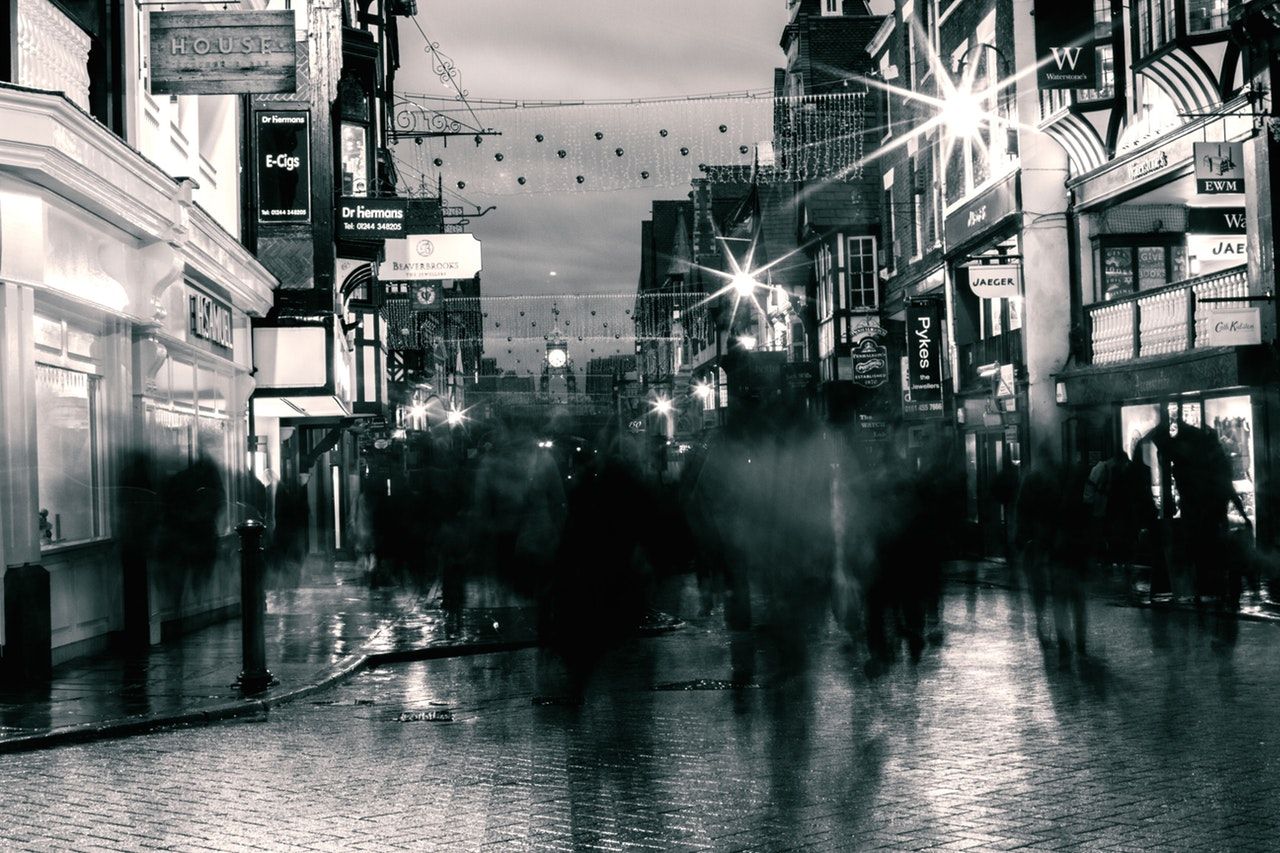How legalization has benefited Canadian black-market consumers

Advocates and supporters of the cause celebrated the victory of legalization, but the festivities have gone rather silent as of late, which has many people wondering how much has truly changed as a result. Sure, it may be more common to see the occasional person standing in the street smoking a joint with enthusiasm and in comfort, but where do you think that weed came from?
Have you ever noticed crowds standing in line at a dispensary near you? Chances are, beyond opening day, the action around your local pot store died down, leaving a quiet and hardly noticeable flow of customers through the doors. All the crowd’s screams, protests, and years of dedication, resulting in this, but there is a very good reason and it’s something few are willing to talk about openly.
The introduction of marijuana legalization in Canada
When Canadians first heard the official news providing a date for legalization, many of them marked it out on their calendars and paid special attention to the news, in hopes of hearing something or anything about when they might get to see a dispensary opening in their neighborhood. Some were left behind, waiting for several months to a year after that glorious day before they could buy legal weed, but the ones who accessed it right away were victims of sticker shock.
Most Canadians had expected that the legalization of cannabis would bring an honest market to the people, one that offered a variety of products at an affordable rate for all those in need. Unfortunately, that was far from the case, as the average prices for a quarter of dry buds ranged between $10-$15 per gram.
Once this sad news was made public, most consumers went back to their regular dealers or found new ones in the next level black market, but none of this was initially beneficial for consumers, especially when considering the fact that black market dealers had pretty much the same pricing scheme at first, but it didn’t take long before all of that changed.
Black market dispensaries flourish
Once everybody knew that legalization was inevitable, many prepared for what they had hoped it would entail. Entrepreneurial sorts began dreaming up big ideas for exciting, new cannabis business opportunities, and customers sat waiting for the day they could gain a bit more control over the products they used. There was a ton of hype over goods that are healthier, like oils and edibles and even more over concentrates, but none of these had made it to the market for long, where it gives those who wanted to get into the business two options.
The first was to apply for a license to open a regular, everyday dispensary that would be bound by official regulations speculating what they could or couldn’t sell, when, and even how they could sell it. The second was to dive headfirst into the illicit side of the industry that was quickly growing with a new comfortability over the soon to be legal plant.
That’s right, as Canadians got more comfortable with the idea, black market dispensaries began popping up all over, and in many areas still today, they flourish without interference from the government. The problem is that with risk, customers tend not to feel so comfortable as they once did, making an illicit transaction, so they took their game up a notch and began to offer everything you couldn’t find in legitimately licensed dispensaries.
Access increasing is a benefit all on its own, but that’s not the only thing that Canadians got from legalization through the black market; they also got a massive reduction in both price and convenience. Just like most free markets, when the supply goes up, the prices go down, and with new vigor producers all over the country began cultivating cannabis in mass for the black market, and it wasn’t just small-time, basement growers either.
Tonnes of cannabis began appearing from virtually nowhere, creating a surplus that led to a spectacular and mind-blowing number of cannabis-infused options in black market dispensaries. As prices lowered, the competition got even more fierce, with literally thousands of illegal vendors listing their phone numbers publicly offering weed delivery via in person or by mail. Prices eventually settled in late 2019, with the average price of illegal pot costing between $100.00 - $150.00 an ounce.
Some of the biggest names in the cannabis industry like Canopy Growth have been caught and forced to burn thousands of pounds of perfectly good cannabis, all because it was intended for the black market. This side of the business is flourishing so well, that even legal and licensed businesses are trying to get a piece of the pie, as consumers put their money where the goods are that they want, it’s a problem for the government that is not likely to go away anytime soon.
Is the legal cannabis industry dying?
Once people realize that this is, in fact, the case, often after spotting headlines talking about the cannabis industry actually costing provinces money rather than making it, the next thing they wonder is whether or not any of this was a good idea, and if the market can recuperate and blossom into one that consumers are happy with. We aren’t entirely sure what the future could bring, but innovation and a massive change in regulation might be necessary to make it happen for real. Until then, black market consumers are relishing in a new time, a better time, just not quite yet the one we had initially envisioned.


